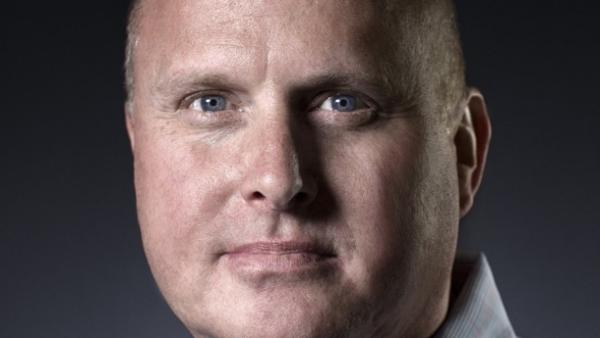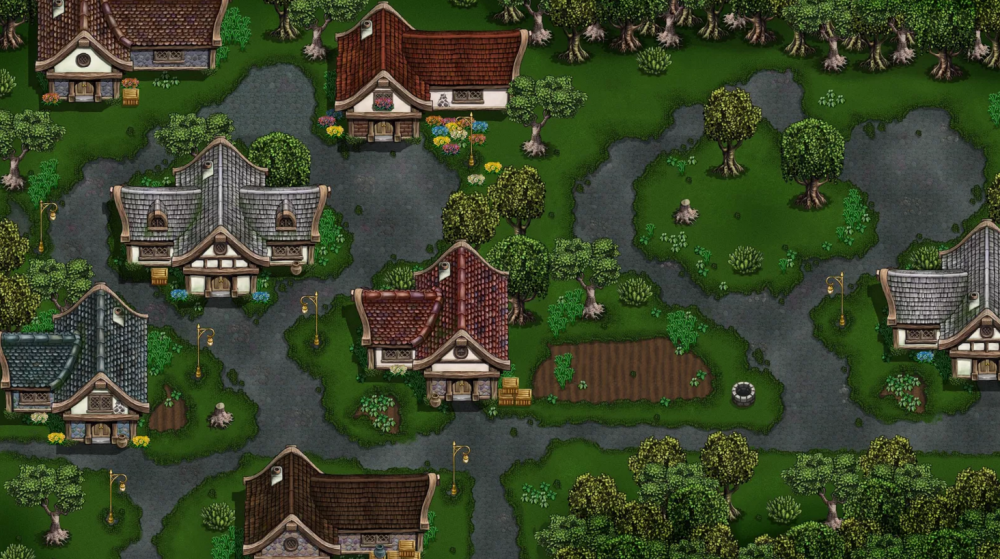Former Sony Online Entertainment and Daybreak Games president John Smedley has emerged from stealth mode with his latest game studio, Pixelmage Games. Smedley has assembled a team of 14 developers, including Bill Trost, lead designer and co-creator of the EverQuest franchise.
The studio, which was established last October, is set in San Diego just down the street from Daybreak Games. Smedley, who serves as CEO of the new company, has raised $1 million from private investors and is using Kickstarter to generate another $800,000 to complete the first game.
The action role-playing game, Hero’s Song, will launch this October. The open world rogue-like fantasy game is being developed with a 2D pixel art style, hence the name of the company. It’s the first title in what Smedley hopes will be many games from his studio. He talks about returning to the games industry in this exclusive interview.

What were your goals in opening this new studio?
I’ve been in the games business for 26 years and spent a lot of time at Sony Online Entertainment and more recently Daybreak Games. I’ve been yearning to run my own company again, and make the kinds of games I want to make without worrying about a big corporation or others.
Are there companies you looked at for inspiration?
We’re an indie studio. We idolize Pixar. We want to work on one game at a time and be crazy about it, and then move on to another game. We don’t want to do five games at once. We want to focus all of our attention on creating Hero’s Song.
How would you summarize Hero’s Song?
Pixelmage is dedicated to making insanely deep games with a multiplayer component. Hero’s Song is Dwarf Fortress meets Ultima Online meets Terraria meets Diablo. We build this procedurally generated world starting with this pantheon of gods. We worked with Patrick Patrick Rothfuss, New York Times No.1 best-selling author of The Name of the Wind, on the back story. As you log into the game and create the world – you decide which gods will inhabit it, so the world is different each time you play. We simulate the entire population genealogically all the way up to the year the game takes place. You’re living in a world where deep history matters. You can live in a world where dwarves have been killed by elves, for example. And which gods are chosen impacts the environments of the world. It really feels like a living breathing world.
Can you explain what the multiplayer component is for this game?
We let people host their own MMO. You can have thousands of players, but only a couple hundred at any given time can play. This is a first in the industry. It’s the big game changer. We’re moving towards a world where people will want to build their own communities and run them themselves. They can control all the rules and customize the experience.
What’s the business model for this game?
It’s “buy to play.” $20 gets you the basic game and $50 gets you the deluxe edition. There’s no difference in gameplay, but the deluxe edition includes a strategy guide and the entire soundtrack.
Why did you decide to leave the free to play space that your previous companies had adopted?
I’m tired of micro-transactions. I simply want to have a different relationship with the players.
How will you continue the crowd development process that SOE and Daybreak have embraced?
You’ll see an open development process with me talking to fans. We’ll be doing live Twitch development with CohhCarnage. He has a big Twitch following, but the main reason I went with him is because we worked with him on H1Z1 and his audience is exactly the audience who I think will like our game.
Why did you decide to use Kickstarter instead of just raising the entire $1.8 million?
We want to build a community of support for this game and for this company. Reaching out to the community is how we want to run things. We think the Kickstarter is going to be very successful. It keeps us in control of our own destiny.
How will you be using the additional $800,000?
We’re not trying to make a AAA game. We want to make a new indie game. We won’t need additional people, but the money will help fund the people we already have and also help us get additional art.
What type of crossover do you see Hero’s Song will having with fans of SOE and Daybreak?
The kind of game we’re making is a deep old school game that has a big crossover with fans of Daybreak and many other companies. People who have played the games I’ve made before will like this game. And I think multiplayer will be a big gamechanger.
Why did you decide to go this route with the online gameplay?
The content race that MMO games face is an unsustainable business model if your players can’t create their own content. Because of the web infrastructure we built around ourselves, if you play World of Warcraft there are already guides out there that detail where everything is. There’s no mystery. With Hero’s Song we wanted to create a world where we reforge it and it’s different every time. Choosing the different gods creates different landscapes and different civilizations, which all creates a ton of replay.
How will you be marketing this game?
We’re an indie developer. We’ll start small and build a core audience and communicate with them and build through Twitch. We’ll have some traditional marketing channels, but want to focus on the community.
How will the game expand and the studio continue forward?
It is a traditional retail game, but we’ll do expansion packs if there’s a want for that. We’ll add additional content over the next year. Meanwhile, we would be developing our second game in conjunction. We’d have a small group of designers working on content for the first game. We’re not trying to do two games at once time.
Will this be a PC-only game?
We’ll lead with PC, but we do plan on bringing Hero’s Song to consoles and mobile later on.

